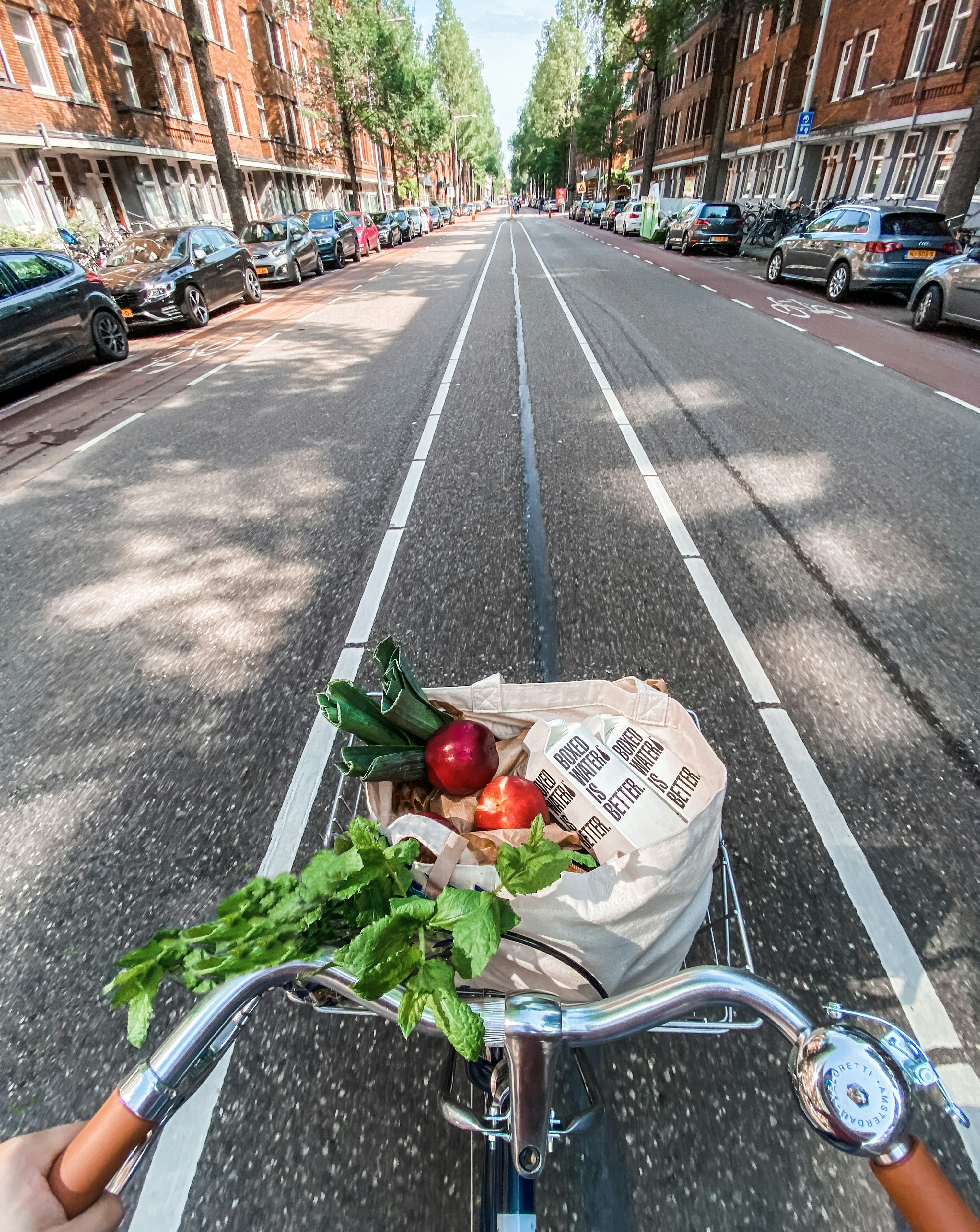Navigating Our Unfamiliar Ecosystem: Insights into Environmental Preservation
October 31, 2024 | by gohar.ayub714@gmail.com
 Photo by Maria Ilves on Unsplash
Photo by Maria Ilves on Unsplash Understanding the Impact of Climate Change on Biodiversity
Climate change represents one of the most profound challenges facing biodiversity today. As global temperatures rise and weather patterns shift, various ecosystems experience significant stress, which subsequently affects the species that inhabit them. One of the primary mechanisms by which climate change impacts biodiversity is habitat loss. For instance, ecosystems such as coral reefs, forests, and wetlands are becoming increasingly vulnerable to the effects of human activity and natural phenomena exacerbated by climate change.
Increased temperatures lead to altered weather patterns, which disrupt the delicate balance of these environments. Species that are unable to adapt to rapid changes in climate or habitat conditions may face extinction. This risk is especially pronounced for specialized species that rely on specific environmental conditions. The ongoing transformation of habitats can also result in the fragmentation of ecosystems, isolating species populations and diminishing genetic diversity, which is essential for resilience.
The interconnectedness of species and their environments means that the decline of one species can trigger a cascade of adverse effects throughout the ecosystem. For example, the loss of a key predator can lead to the overpopulation of herbivores, which in turn can decimate plant life and alter the landscape. Such changes not only threaten biodiversity but can also compromise ecosystem services that are crucial for human well-being, including clean water, pollination, and climate regulation.
Given the urgent threat posed by climate change, it is imperative to implement conservation efforts aimed at mitigating its impacts. Strategies may include establishing protected areas, restoring degraded habitats, and promoting sustainable land-use practices. As we strive to navigate our unfamiliar ecosystem, understanding the intricate links between climate change and biodiversity is a crucial first step in fostering effective environmental preservation approaches.
Innovative Practices for Sustainable Living
As concerns regarding environmental degradation continue to rise, individuals and communities are seeking innovative practices for sustainable living that not only mitigate ecological impact but also foster a healthier planet. One effective approach is the incorporation of renewable energy solutions. Utilizing solar panels and wind turbines, households can significantly reduce their carbon footprints by shifting away from fossil fuels. Several cities have successfully implemented community solar programs, allowing residents to invest in renewable energy collectively, making clean energy accessible to all.
In addition to renewable energy, waste reduction strategies play a crucial role in sustainable living. Communities can adopt the principles of the circular economy, which emphasizes reusing materials, recycling, and minimizing waste. Initiatives such as community composting programs have gained popularity, diverting organic waste from landfills while enriching local soil. These programs not only reduce waste but also educate individuals about the importance of composting in maintaining ecological balance. Engaging local businesses in waste reduction practices, such as encouraging zero plastic bags and promoting reusable containers, further enhances community sustainability efforts.
Eco-friendly consumption habits are another vital component of sustainable living. Encouraging individuals to choose sustainable products—such as those with minimal packaging or made from recycled materials—can lead to significant positive changes in purchasing trends. Community workshops and online platforms sharing tips on conscious consumerism can inspire residents to consider their purchases’ environmental impact. Case studies from cities that have embraced local farmers’ markets demonstrate how supporting local produce not only contributes to a healthier diet but also reduces transportation emissions associated with food distribution.
By implementing these innovative practices for sustainable living, communities can come together to create a lasting positive environmental impact while empowering individuals to make conscious choices that benefit the planet.
RELATED POSTS
View all



